Construction technology of the future

Technologies are progressing at an incredible rate, but, unfortunately, the same can not be said about the artificial environment created by us - our homes. Fortunately, there is light at some people who dedicate their lives to the development of futuristic technologies that can reduce the amount of allocated buildings of carbon dioxide, making these buildings more energy efficient and ultimately reduce the cost of their maintenance. Over the past few years, researchers have developed a self-healing of this trend materials, revolutionary cooling and heating of buildings, as well as technologies that allow buildings as living plants clean the air of accumulated smog.
3D - the printed power effective bricks with the cooling system
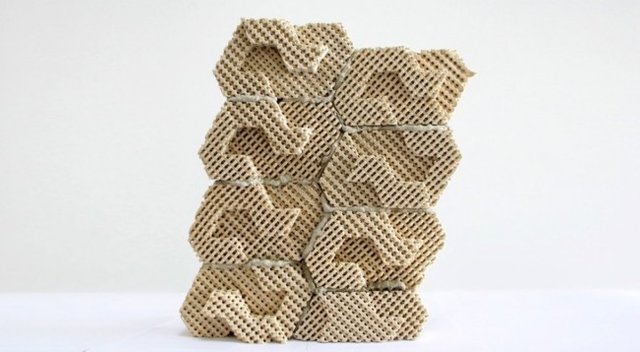
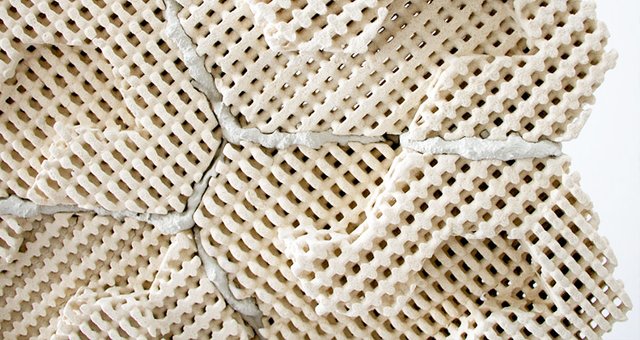
Bricks Cool Bricks do not just look cool, they also perform a very important function. These unusual 3D-printed Bauxite bricks have a special structure that allows them to cool the room only through the water for a long time and very well-known technique of evaporative cooling. We created these bricks design company Emerging Objects, which is doing its utmost to promote the technology of 3D-printed building construction. Another feature Cool Bricks is that they are modular: folded sufficient such bricks together can create an excellent cooling rooms or even an entire house.
The buildings "devouring" a smog
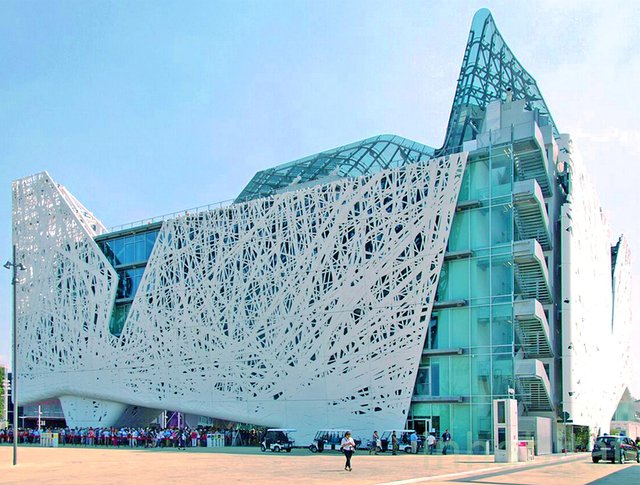
Buildings that purify the environment from pollution - it sounds fantastic, right? However, the technology has already been established. To some it may seem that for the sake of technology such buildings lose their aesthetic appearance, but I would not say that the building in the picture above looks ugly. Futuristic? Yes. But it is not ugly. This gives the appearance of a white building "exoskeleton" of biodynamic concrete, which absorbs smog particles, turning them into inert salts and thereby purifies the surrounding air. This amazing building is the pavilion of the World Exhibition "Expo" is currently in Milan.
Algae Energy

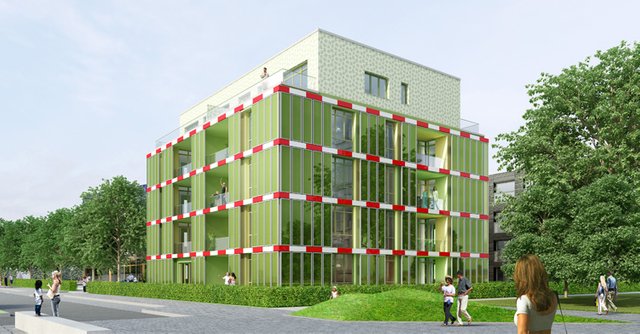

The German city of Hamburg is home to the world's first building, which provide food for algae. The structure is used as a pilot test center for new developments of urban energy. BIQ House facade of the building consists of "biogenerator" filled with living algae that grow rapidly under direct sunlight and create a natural shade. Algae also produces biomass (food), and electricity, which is used to power the building. In general, the algae are another natural alternative to more renewable energy sources.
Self-healing concrete
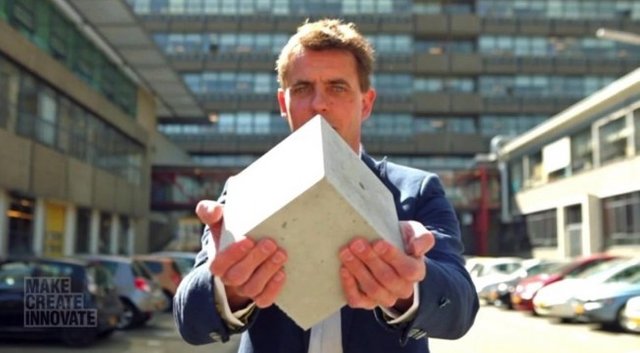
One of the most challenging issues faced by the construction, - durability. No one wants to spend a lot of money and a lot of time for the restoration of buildings. Dutch researchers have developed a new type of cement, which is itself restores itself, using a certain type of living bacteria and calcium lactate. The bacteria contained in the cement absorbs the calcium lactate and produce limestone which fills the cracks and substantially recovers to its original state of the integrity of the concrete. This amazing concept "living concrete 'can save a lot of time and materials for repair, since all the necessary materials will be incorporated in it originally.
Glass tile for the roof

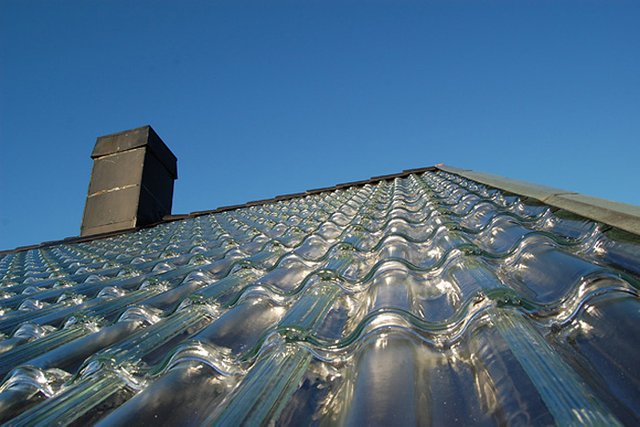
The Swedish company has developed SolTech beautiful glass tiles for the roofs, which can be used as a heating system. Made in the style of Spanish terracotta tiles, the development of the Swedish Inventors transmits sunlight, which can be used to heat water in stationary heating systems, saving considerable electricity bill.